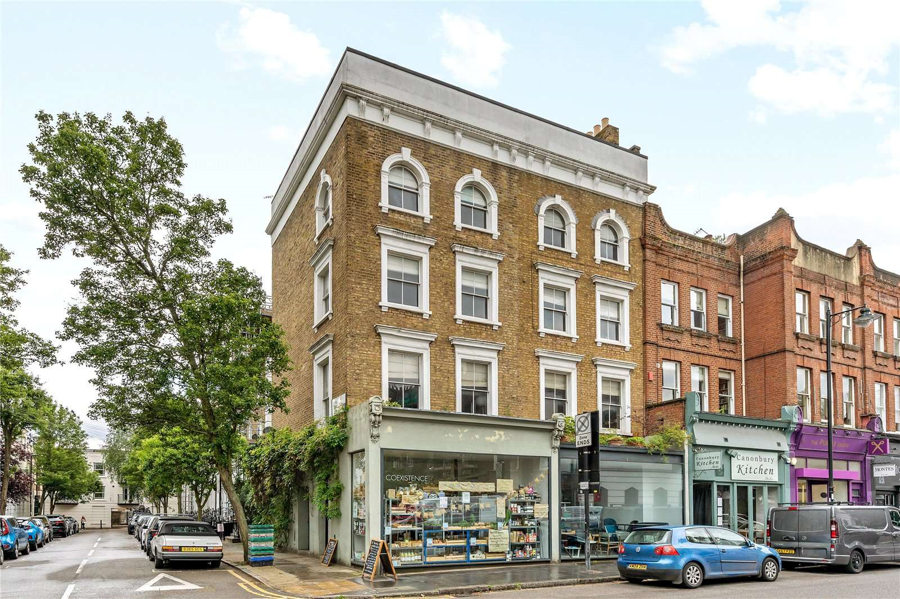Navigating Planning Permission in Islington and Canonbury: A Comprehensive Guide
Islington and Canonbury, two vibrant neighborhoods in London, have seen significant urban development over the years. As these areas continue to evolve, obtaining planning permission becomes crucial for residents and developers alike. This article aims to shed light on the planning permission process in Islington and Canonbury, offering insights into the key considerations, regulations, and steps involved.
Islington and Canonbury fall under the jurisdiction of the Islington Council, the local planning authority responsible for regulating development within the borough. Before diving into the planning permission process, it’s essential to familiarize oneself with the council’s planning policies, as these guidelines shape the decision-making process for new developments.
Key Considerations:
- Local Planning Policies: Islington Council has established specific planning policies to ensure that any proposed development aligns with the borough’s vision for sustainable and harmonious growth. It is crucial to review these policies to understand the constraints and opportunities associated with your project.
- Conservation Areas: Both Islington and Canonbury boast rich historical and architectural heritage, with several conservation areas safeguarding the character of the neighborhoods. If your property is located within a conservation area, additional scrutiny may be applied to proposed changes to ensure they preserve or enhance the area’s distinctive features.
- Listed Buildings: Some properties in Islington and Canonbury may be listed, signifying their architectural or historical significance. Obtaining planning permission for alterations to listed buildings involves careful consideration of their unique value and may require specialist expertise.
- Community Engagement: Engaging with the local community is a crucial aspect of the planning permission process. Consultation with neighbors and relevant stakeholders can help identify concerns, gather feedback, and potentially address any issues before submitting a formal application.
Steps in the Planning Permission Process:
- Pre-Application Advice: Before submitting a formal planning application, it is advisable to seek pre-application advice from the Islington Council. This involves presenting your proposal to planning officers, who can provide initial feedback and guidance on potential issues.
- Formal Application Submission: Once you’ve addressed pre-application advice and refined your proposal, the next step is to submit a formal planning application. This includes detailed plans, supporting documents, and any necessary assessments.
- Consultation Period: The planning application will undergo a consultation period during which neighbors and stakeholders can express their views. This feedback is considered in the decision-making process.
- Decision Making: The Islington Council will evaluate the planning application based on relevant policies, feedback from consultations, and other pertinent factors. The decision may result in approval, conditional approval, or refusal.
- Appeals Process: If the application is refused, there is an option to appeal the decision. The appeals process involves a review by the Planning Inspectorate, an independent body.
Navigating the planning permission process in Islington and Canonbury demands careful consideration of local policies, engagement with the community, and adherence to preservation measures. By understanding the intricacies of the planning process and seeking guidance from the Islington Council, residents and developers can contribute to the sustainable growth and enhancement of these dynamic London neighborhoods.



Comments are closed